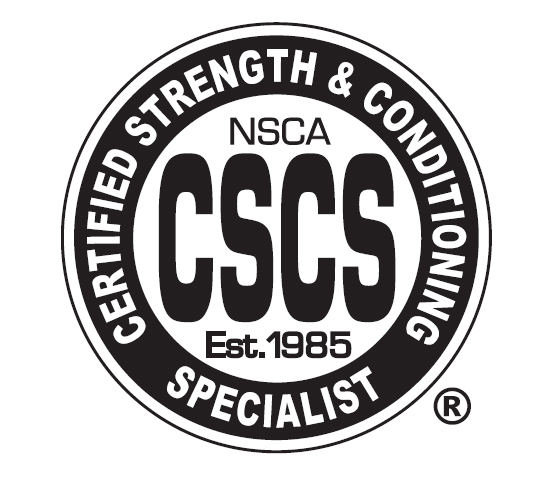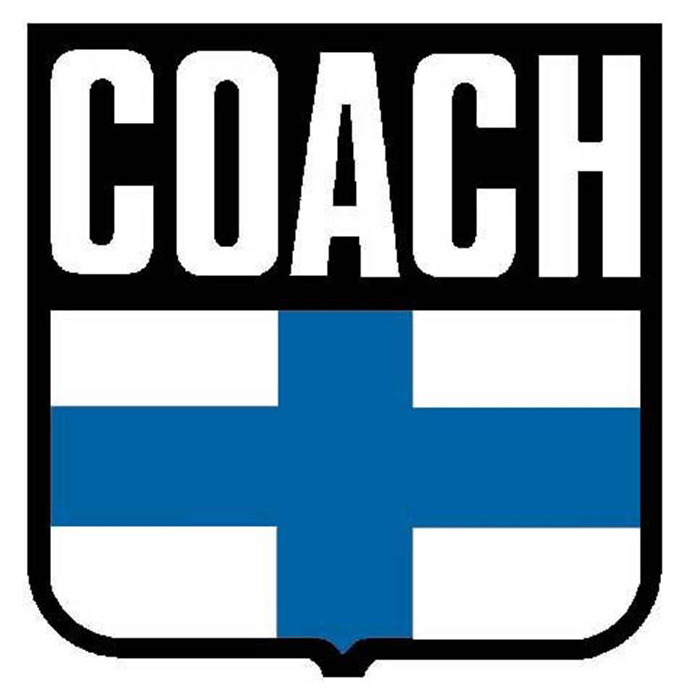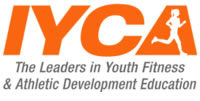How to make the youth fitness program safer for the kids
 Thursday, February 23, 2012 at 3:00PM
Thursday, February 23, 2012 at 3:00PM As a parent myself I think safety is the most important element of any children's activity. But what does safety really mean and how do you create it as a coach? And are ‘safe’ exercise programs less fun or athletically more passive by nature? I don’t think so. Let’s look at different components of a youth conditioning program and think how the safety can be built in the activities.
 1. Failing to plan is planning to fail
1. Failing to plan is planning to fail
Safety stems from well-designed activities that consider, among other things, the age of the participants, size of the group, nature of the environment and goals of the program. Through the process of planning the coach should imagine each activity happening in the given space and make mental notes of the ‘observations’. Is the given activity too fast for the size of the space? Are there too many pieces of equipment on the floor at the same time? How should I arrange the group to avoid kids running into each other at full speed. Planning the lesson carefully is, in regards to safety, even more important for the younger groups, such as a group of 5-7 year olds. A proper lesson plan forces the coach to go through the lesson each element at a time and evaluate the need for time usage, equipment, organization and instruction.
 2. Communication of the rules - make it interactive
2. Communication of the rules - make it interactive
I like to ask the kids what the good rules for the lesson would be. Most of the time I will get all the answers from them and I don’t have to be the one telling them what not to do. The children know that they are not allowed to hit/kick/push anyone but by having them verbalize those rules, they will become more aware and more responsible. They will also automatically feel safer mentally because they know the coach cares about this issue that they might potentially be worried about. One additional rule I always add is the rule about the whistle; 'stop the activity immediately and wait for the instructions'. A whistle used effectively, and sparingly, is a great safety tool that can stop the activity and demand the attention faster than trying to shout over the noise that often exceeds the legal limits.
 3. Crowd control tools that work
3. Crowd control tools that work
If the space has lines on the floor, I already have one of the most important crowd control tools in place. If it doesn’t, I carry masking tape with me to mark at least one line on the floor where I want the group to arrange themselves periodically during the lesson. The line serves as a landmark and a ‘calibration tool’ especially if the activity looks like it might start getting out of control. Lining up on a straight line next to each other seems to work in the military, so why not with kids’ groups as well.
Another important tool is the use of your voice. You might notice how the normal use of your voice might suffer from lack of authority from time to time and it might be a good idea to try lowering your voice instead of shouting louder. If this doesn’t calm the crowds, you can also let out the “hole in the tire” sound with the extended ‘sssshhhhhhhhhhhhh’. Most of the groups respond to this fairly well. Generally speaking, you need to have tools that bring the activity to stop quickly, whether it is the whistle or your voice or a boxing bell. This is important for example if someone happens to get hurt or there is another reason to gain the full attention of the group.
4. Safety in numbers (of coaches)
I like to use assistant coaches, such as parents, to help me with certain activities. I also don’t mind the extra eyes on the group at all times if something goes by without me noticing. Sometimes too many additional people standing on the sidelines might be a distraction, but I still prefer that to being by myself with a group of kids. The people helping out could just be older kids who want to help out and that works too, just as long as safety increases in all perspectives. It is also good to take a note that a lot of schools and town recreational programs have tightened their rules about who can be involved in the programs and mandatory background checks are becoming more of a rule than an exception. This hopefully adds to the safety of the kids as well.
5. Prepare for the worst – safety is in the preparation
Most of us do not want to run the worst case scenarios in our heads. It can be stressful to think what COULD happen if something really went wrong. The best way to deal with this is to get those fears or scenarios out of your head and on the risk analysis form. It is better to deal with them analytically and systemically than emotionally. Write down what could go wrong and how you are prepared to respond to that. This also helps you bring the necessary safety and first aid tools with you. Here is the list of things that should be considered in the case of small incidents and bigger emergencies:
- Always have a phone with you in order to call a parent or the emergency number.
- Bring basic first aid kit and cold packs.
- Know the emergency exits in the facility.
- Carry all the information about the group with you (waivers, medical releases).
- Avoid being by yourself with the group.
The safety measures are at their best when they are preventively built inside the program through proper programming and preparation. There are a lot of ways to increase physical, mental and social safety in the class and none of them need to take anything away from the fun and active dynamics that the youth conditioning programs should be all about.
Tommi The Trainer





